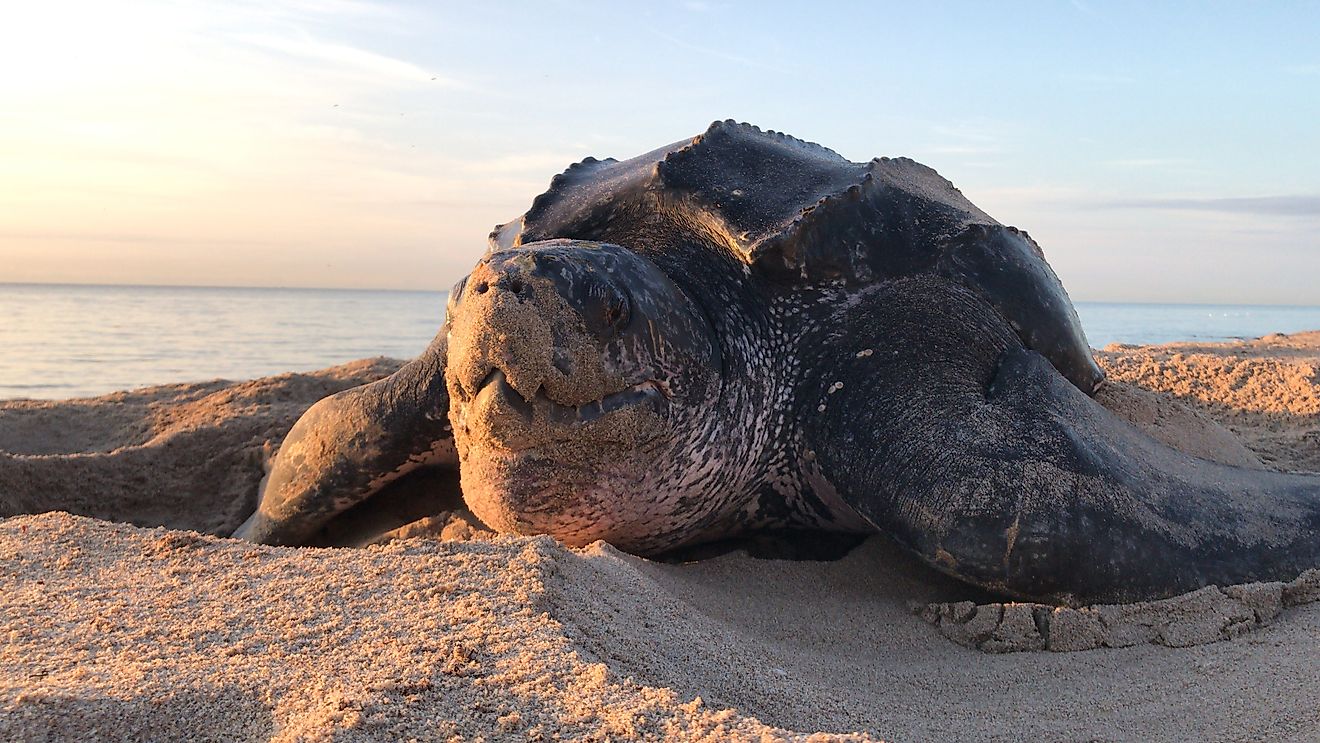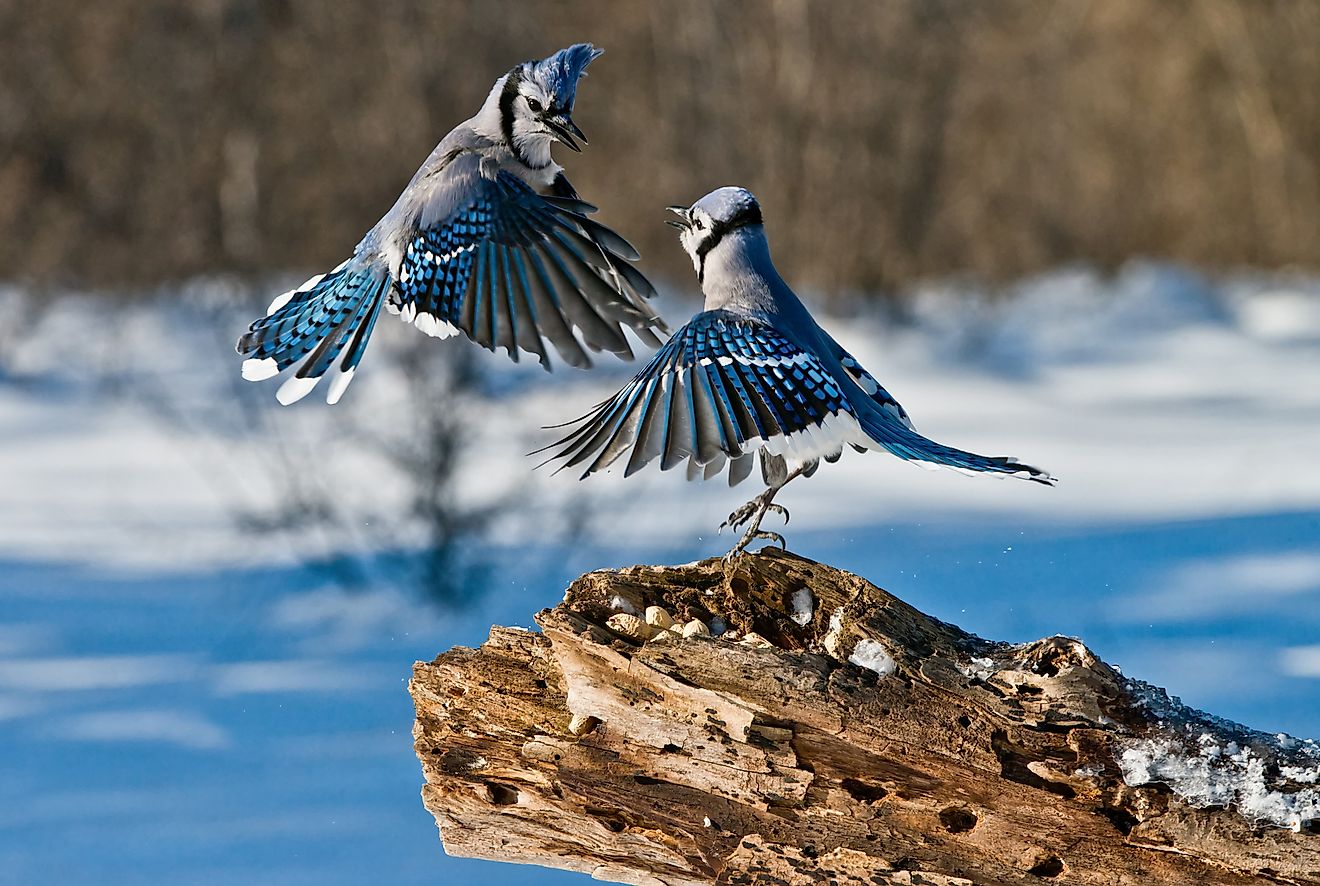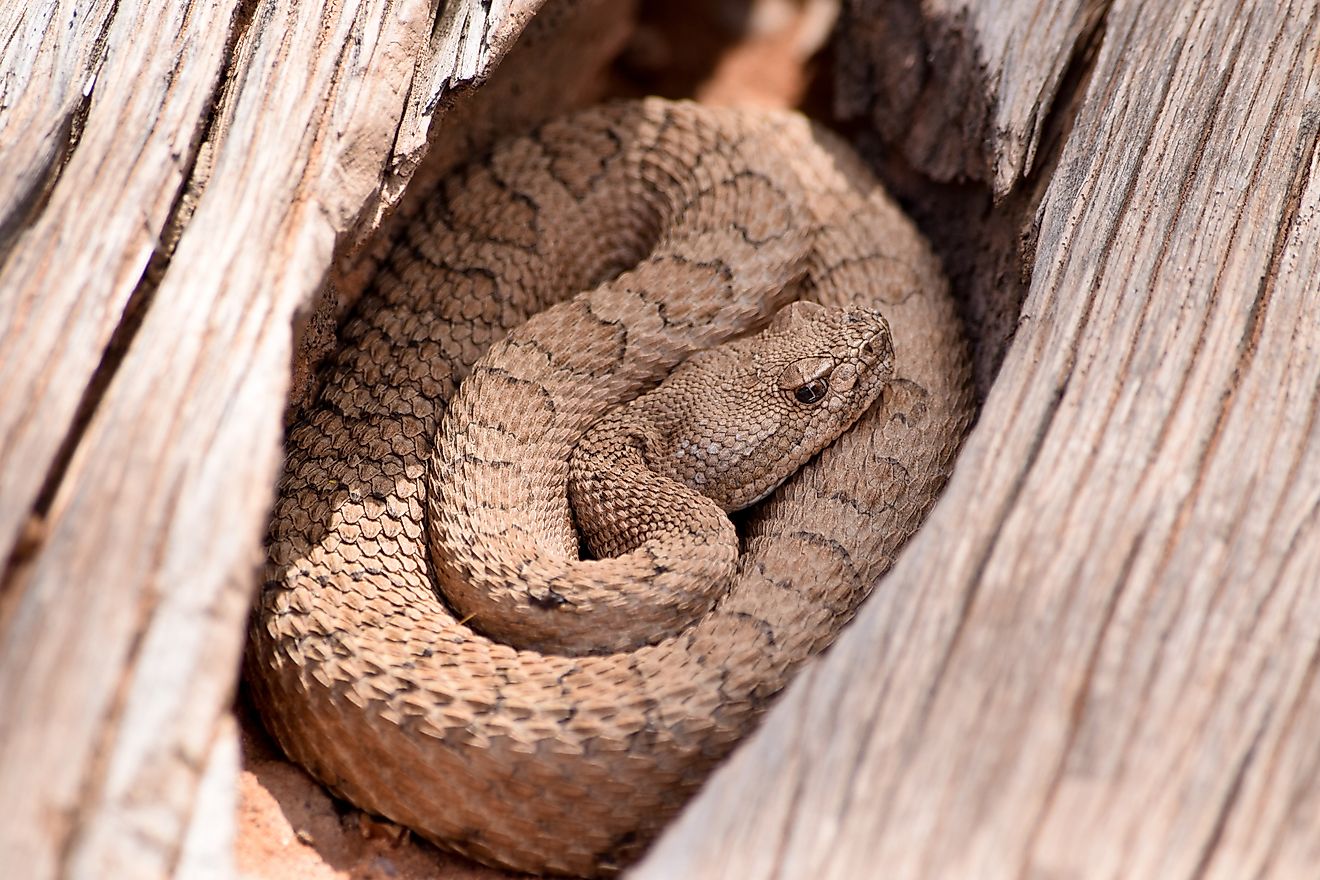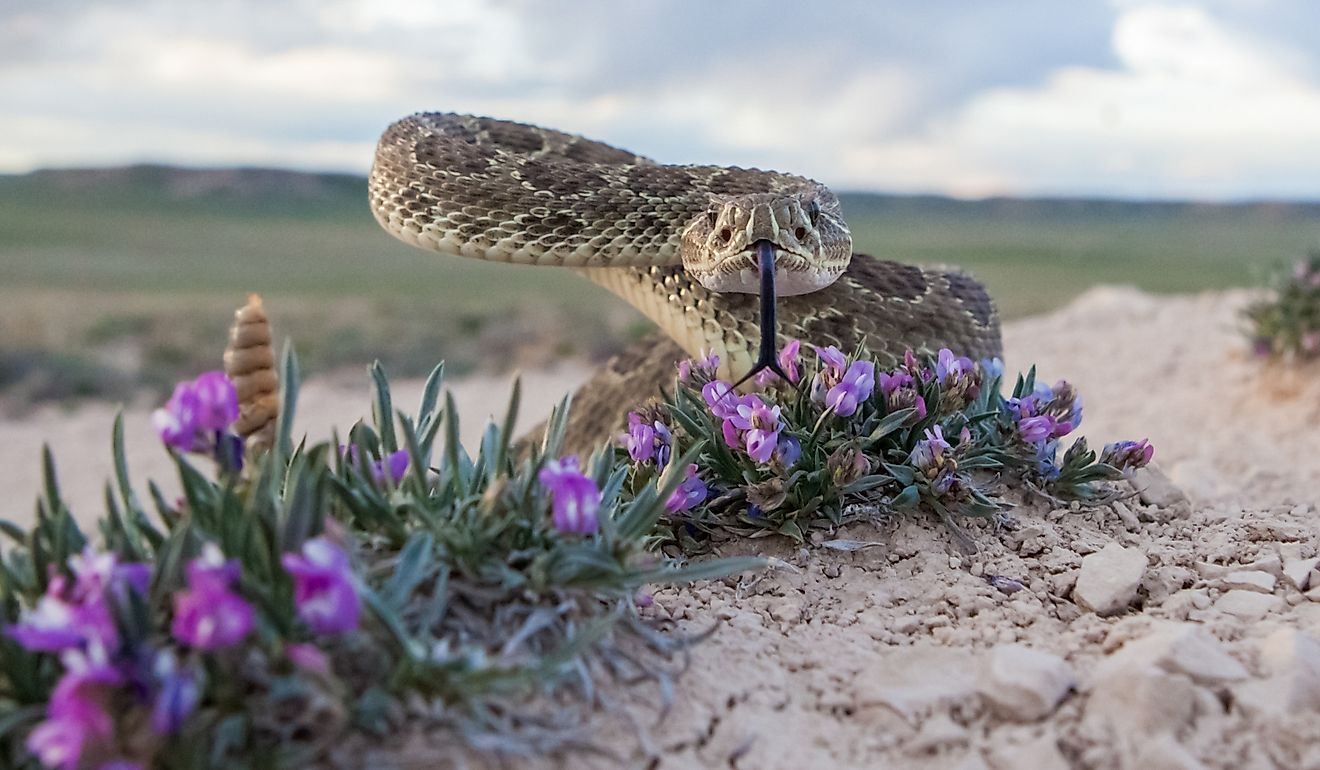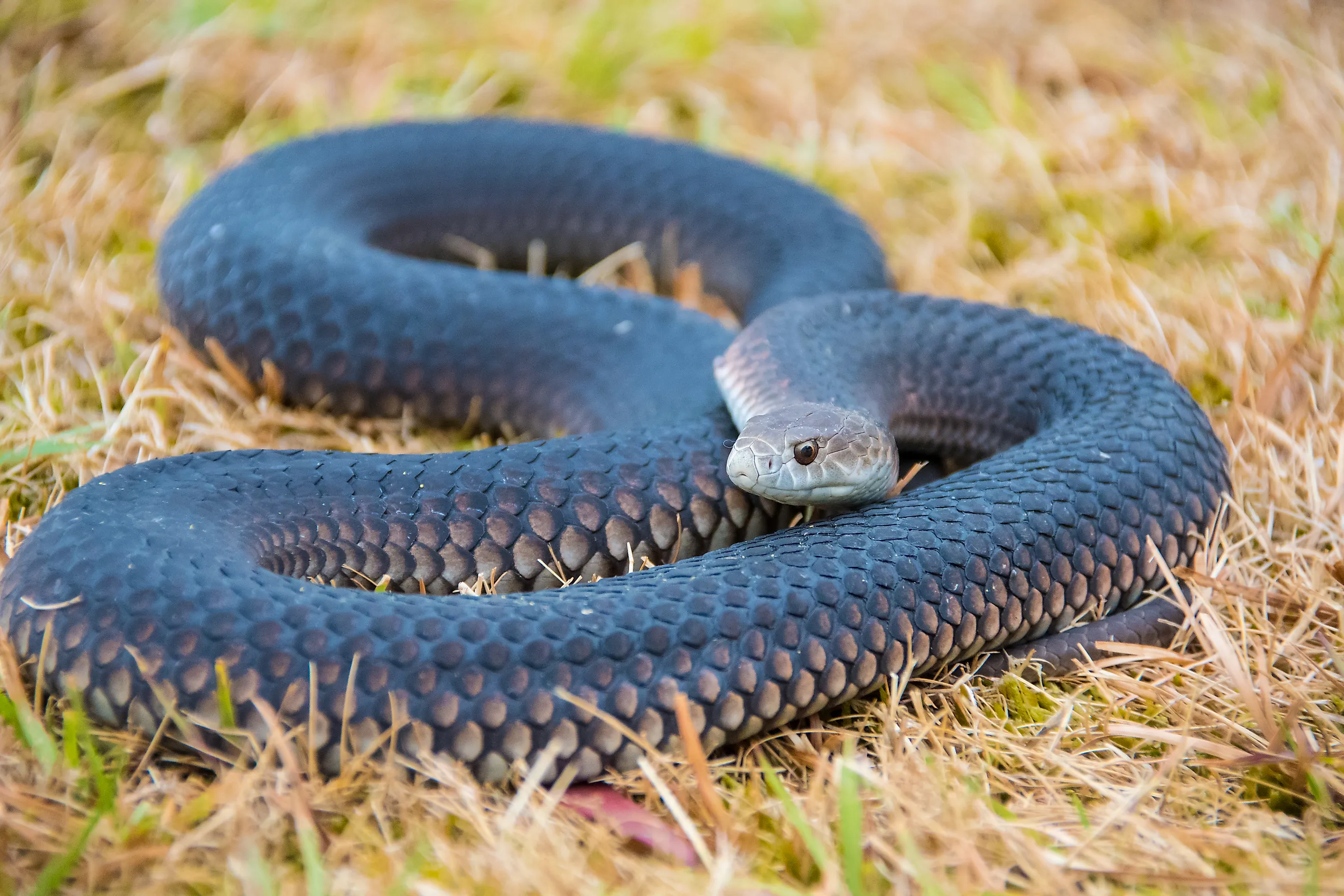
The Venomous Snakes Of New South Wales
New South Wales, renowned for its beaches and dining scene, is also home to some of the world’s most venomous snakes. With nearly 200 known species, including 25 that have a potent enough venom for fatal bites, Australia is a global hotspot for snake diversity. Despite their reputation, only about a third of these species are dangerously venomous, and many are small, elusive, and pose little threat to humans.
In New South Wales, venomous snakes inhabit various environments, from coastal plains to the rugged Blue Mountains and expansive bushlands. These snakes are crucial for maintaining ecological balance through their roles as predators. Here are some of the most venomous snakes in New South Wales.
Eastern Brown Snake
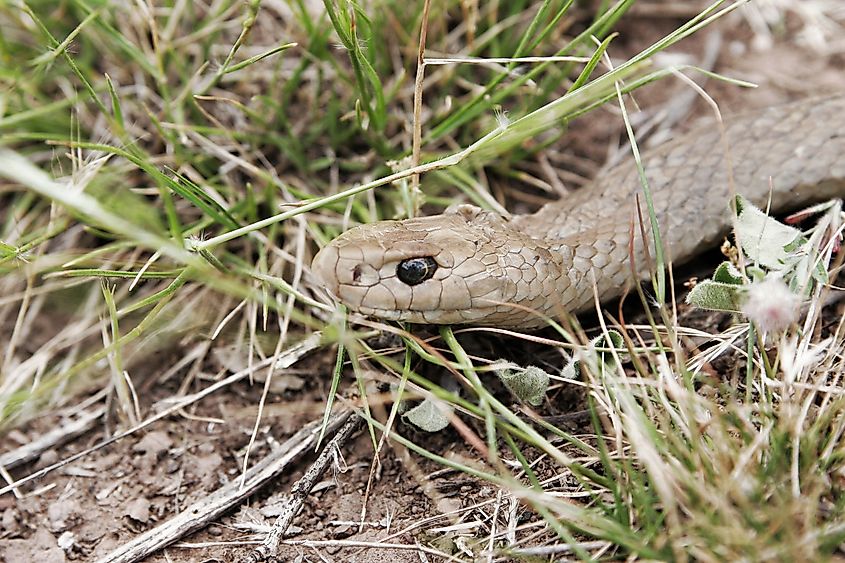
The Eastern brown Snake (Pseudonaja textilis) is the second most venomous land snake in the world and is is responsible for the the most snakebite deaths in Australia each year. Found across much of eastern and central New South Wales, this adaptable species thrives in diverse habitats, including dry forests, woodlands, scrublands, arid regions, farmland, and even urban areas.
Eastern brown snakes are typically four to six feet long, with some growing larger. They are known for their speed and accuracy when striking. Their venom is extremely potent, affecting the nervous system and causing symptoms like paralysis, breathing difficulties, and even cardiac arrest. It also disrupts blood clotting, which can lead to severe internal bleeding.
Incidents like the 1913 fatality at a snake show in La Perouse and the 2024 hospitalization of Paul Newcombe, a snake catcher in Forbes, highlight the danger of their bites. While about 3,000 snake bites are reported annually in Australia, with 41 percent linked to brown snakes, fatalities are rare thanks to medical advancements.
Tiger Snake
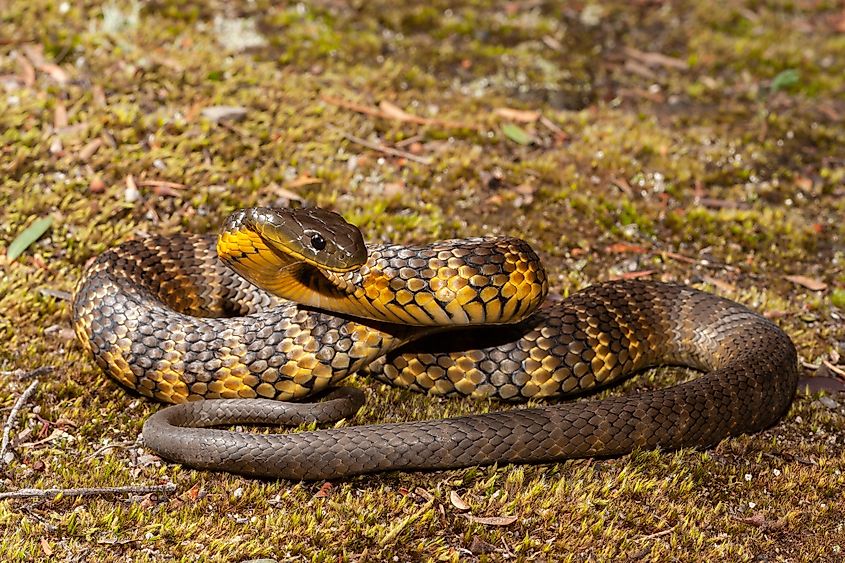
The tiger snake (Notechis scutatus) is one of Australia’s most venomous snakes, easily recognized by its distinctive stripes. Without treatment, a bite can be deadly, with an estimated fatality rate of 40 to 60 percent. However, advancements in medical care, including the use of antivenom and pressure bandages, have drastically lowered the death rate.
Between 2005 and 2015, only four deaths were recorded from 119 confirmed bites in Australia, resulting in a 3.4 percent fatality rate. In New South Wales, tiger snakes live in a wide range of habitats, such as coastal areas, wetlands, grasslands, forests, and even urban environments. They are commonly found near water sources like rivers, swamps, and lakes, as they are excellent swimmers. These snakes typically grow to about three feet long, with some sub-species reaching up to six feet. Tiger snakes are highly venomous, with a potent neurotoxin that targets the nervous system. Their venom can cause paralysis, breathing difficulties, and even cardiac arrest if untreated.
Mulga Snake
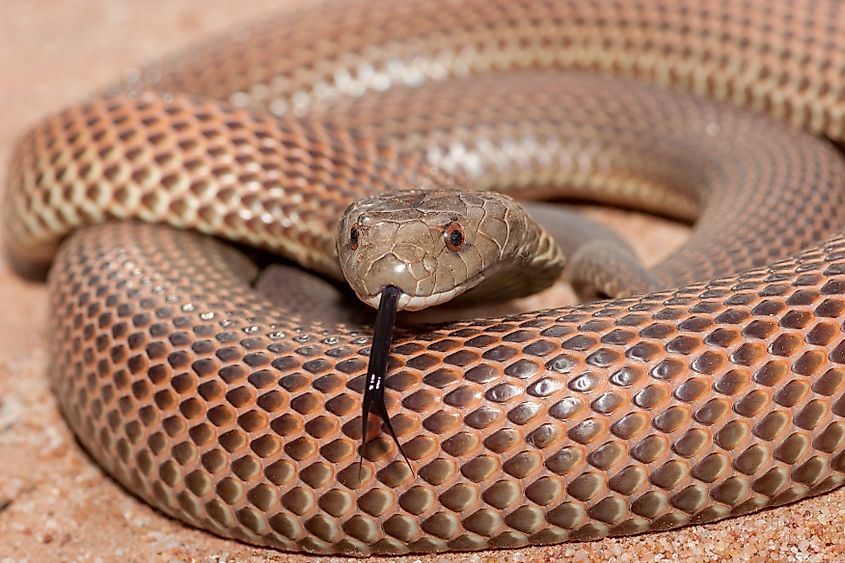
The Mulga snake (Pseudechis australis), commonly called the king brown snake, is known for producing the largest amount of venom of any Australian snake. It is found across inland Australia and New South Wales, thriving in arid and semi-arid regions. Mulga snakes are one of the larger species on this list, averaging up to eight feet long, with the largest known specimen reaching 11 feet.
A single bite from a Mulga snake can deliver around 180 milligrams of venom, which is enough to cause serious effects like paralysis, blood clotting issues, intense pain, and swelling. Despite its potent venom and aggressive behavior, including repeated biting and chewing to inject venom, there have been no reported human deaths from Mulga snake bites since 1969. However, it is still considered dangerous, with incidents including attacks on sleeping individuals and snake handlers. Between 2005 and 2015, this species was responsible for four percent of identified snakebite cases in Australia, with no fatalities reported during that time.
Coastal Taipan
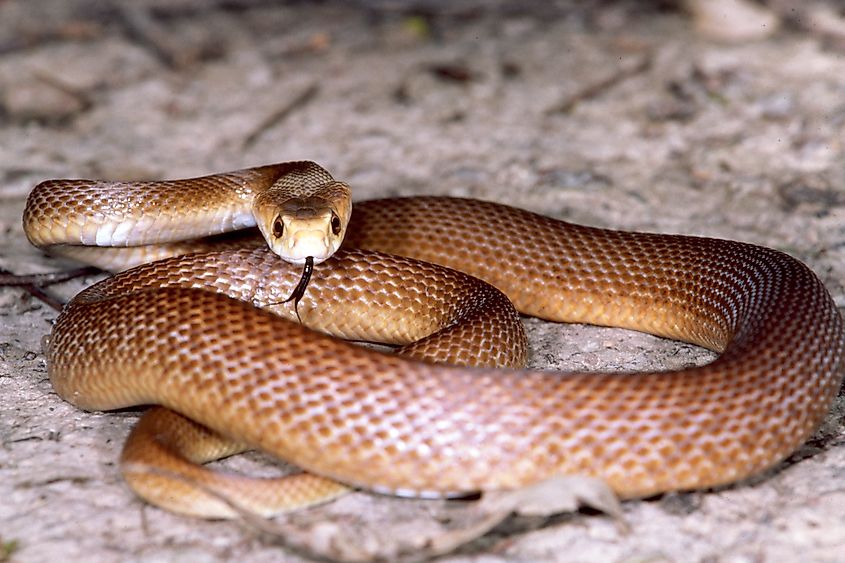
The coastal taipan (Oxyuranus scutellatus) is one of Australia’s most dangerous snakes, found in the northeastern corner of New South Wales. Known for its lightning-fast strikes and extremely potent venom, this snake demands caution and respect. Coastal taipans thrive in various habitats, including tropical rainforests, grassy paddocks, cane fields, and sand dunes. They often shelter in abandoned burrows, hollow logs, under roots, fallen timber, or deep leaf litter. On average, these snakes grow to about 6.5 feet long, with males slightly larger than females, though some individuals have been recorded at over 10 feet.
Primarily active during the day, especially early to mid-morning, they may become nocturnal during hot weather. Though they usually avoid humans, coastal taipans are highly alert and aggressively defend themselves if provoked or surprised. Their venom, which impacts the nervous system and blood clotting, can cause severe symptoms such as headaches, nausea, vomiting, collapse, convulsions, paralysis, internal bleeding, muscle tissue damage, and kidney failure. Immediate medical attention is crucial after a bite, as symptoms progress rapidly. Between 2005 and 2015, the Australian Snakebite Project recorded 31 bites from coastal taipans, with no deaths reported in that study.
Death Adder
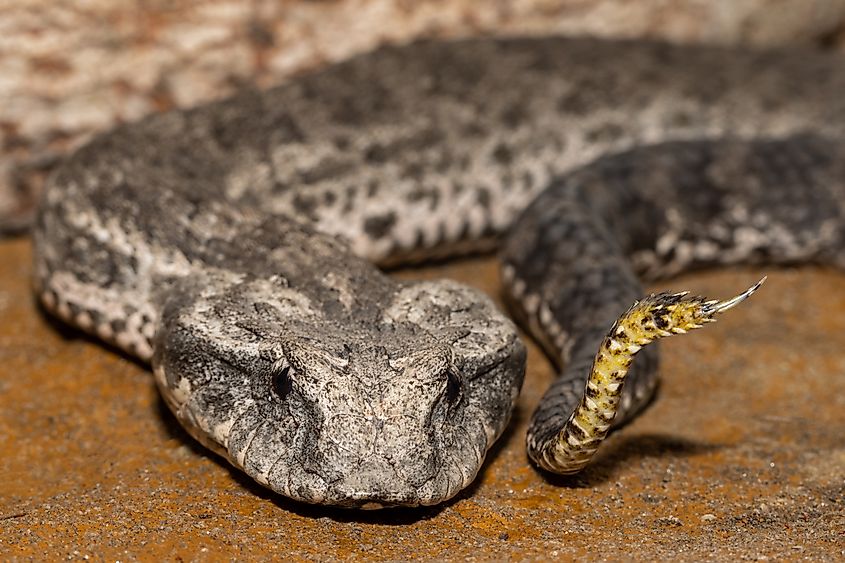
Death adders (Acanthophis spp.) are highly venomous snakes found in Australia and Papua New Guinea. Known for their deadly venom and ambush-hunting style, they rank among the world’s most venomous land snakes. Before the development of antivenom, a bite from a death adder was often fatal, with a mortality rate of around 60 percent. Thankfully, the availability of antivenom has drastically lowered this risk. Death adders are short and stocky, usually under three feet in length. While bites are uncommon, they can be extremely dangerous if not treated promptly.
Stephens' Banded Snake
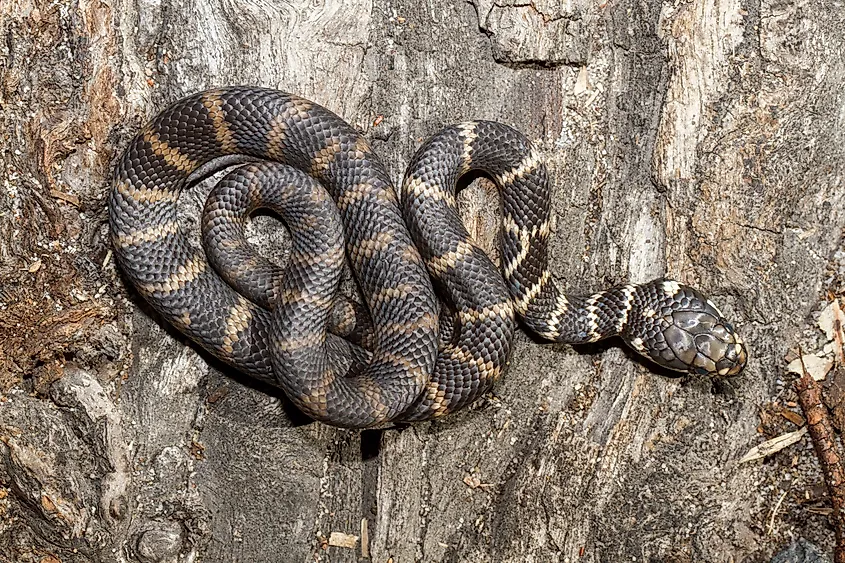
The Stephens' banded snake (Hoplocephalus stephensii) is a highly venomous snake found in the eastern coastal forests of New South Wales and Queensland, Australia. This nocturnal and tree-dwelling species is most active at night and spends much of its time in trees.
Although fatalities are extremely rare, the Stephens' banded snake’s venom is highly toxic. This species has caused one recorded death: an elderly man in his 60s from Kalang, New South Wales. While no other fatalities have been documented, envenomation can be severe. Victims have required up to four doses of 3,000-unit tiger snake antivenom for successful treatment. This snake can grow up to four feet in length and is considered a near-threatened species, making its conservation a priority. Despite its danger, protecting the Stephens' banded snake is essential to preserving Australia’s unique biodiversity.
Rough-Scaled Snake
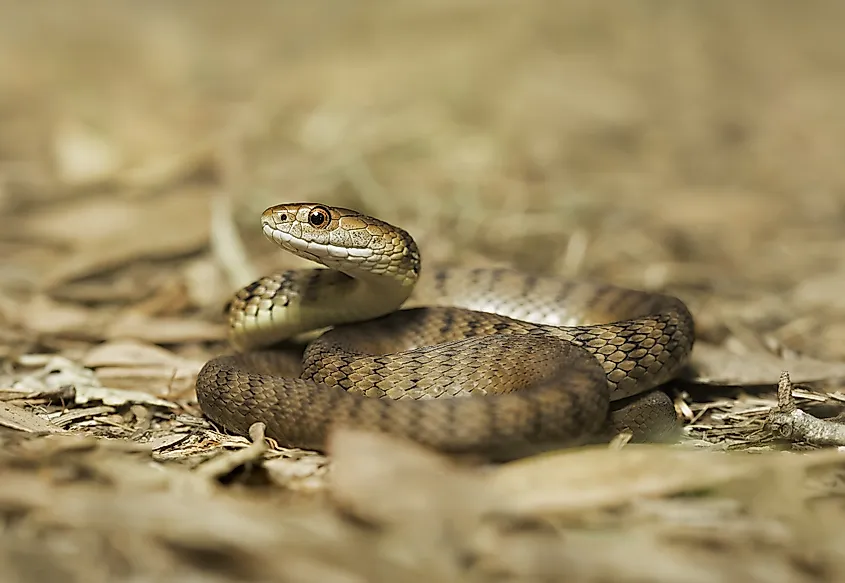
The rough-scaled snake (Tropidechis carinatus) is a highly venomous species found in the rainforests of northeastern New South Wales and southeastern Queensland. It prefers areas close to water, such as creeks and rivers, where it actively hunts during the day, feeding on frogs and mice. It can grow up to 3.5 feet long, with an average length of around 2.3 feet.
It is sometimes mistaken for the harmless keelback snake (Amphiesma mairii), but unlike the keelback, the rough-scaled snake is dangerously venomous. When provoked, this aggressive snake strikes quickly, delivering venom with a potent mix of toxins. These include myotoxins (which damage muscles), coagulants (which affect blood clotting), and neurotoxins (which disrupt the nervous system). Tiger snake antivenom is used to neutralize its venom, but envenomation can be fatal without prompt treatment. Between northern New South Wales and southeastern Queensland, there have been 24 confirmed cases of rough-scaled snake bites, nearly all occurring in coastal areas.
Conclusion
Australia’s landscapes are home to various snakes, many of them venomous. While encountering one can be intimidating, most snakes are shy and avoid humans. From the highly dangerous Eastern brown snake, responsible for most snakebite deaths in Australia, to the rare but potent Stephens’ banded snake, these reptiles play a vital role in keeping ecosystems balanced. Although species like the coastal taipan and Mulga snake are dangerous, advancements in antivenom and medical care have greatly reduced fatalities. Still, seek medical help immediately if bitten by any venomous snake.








